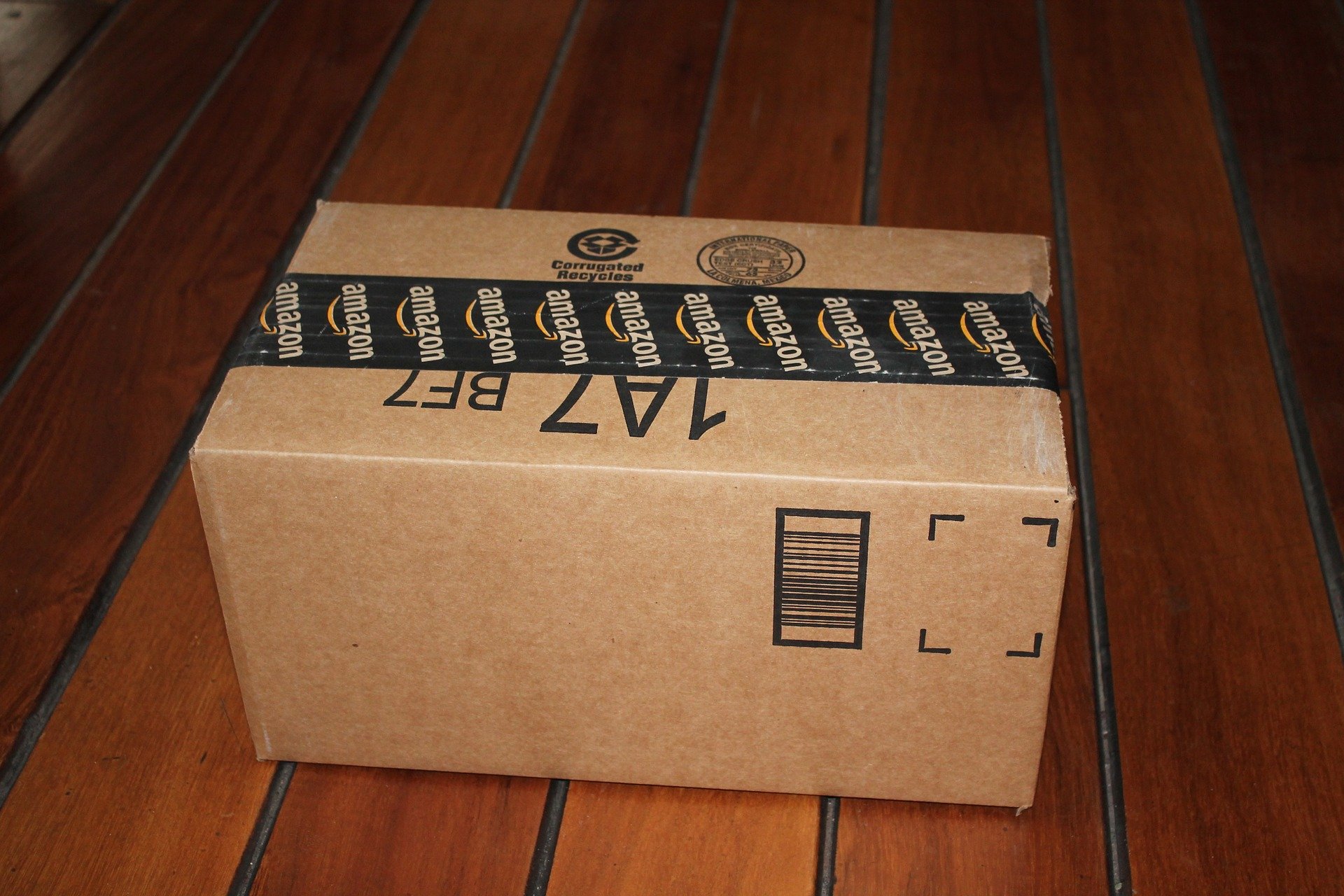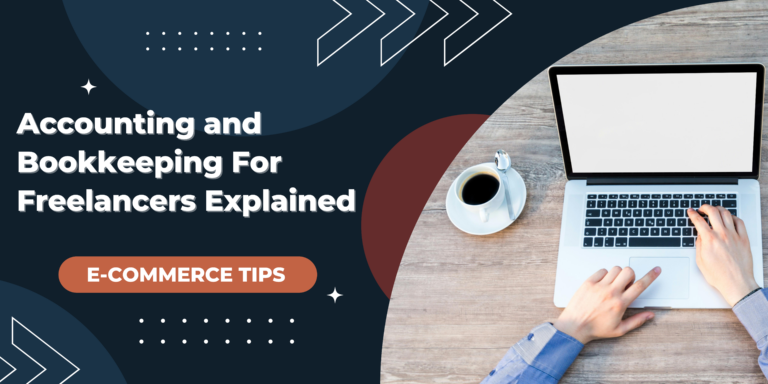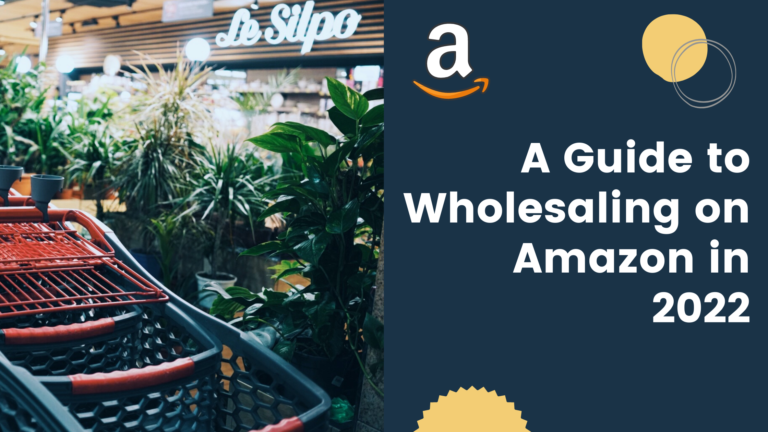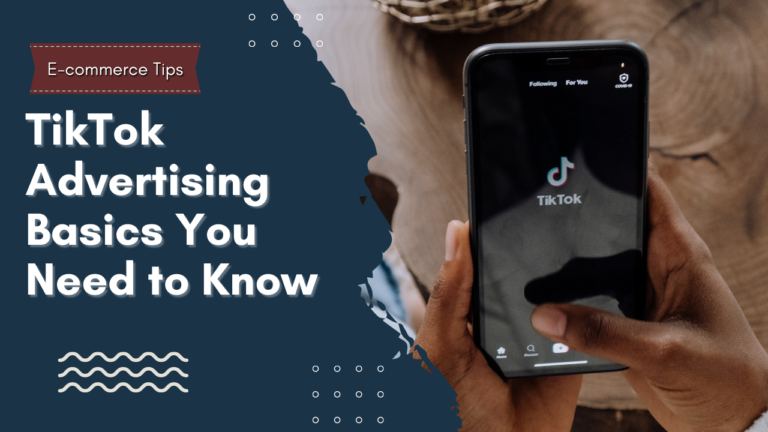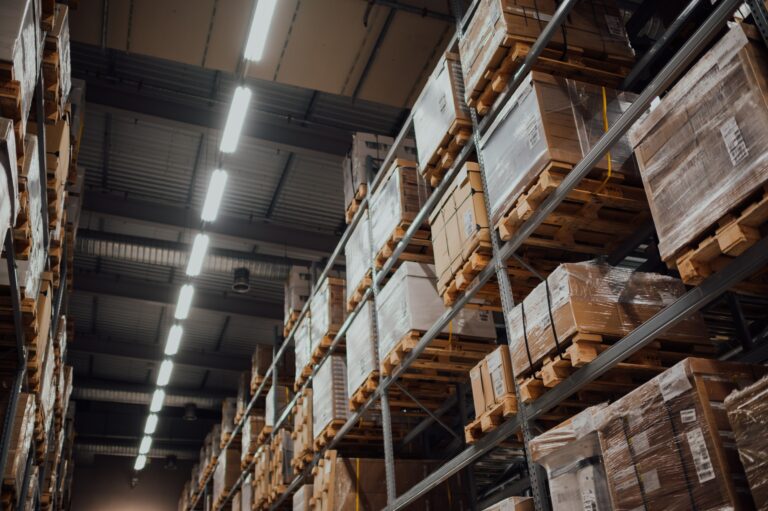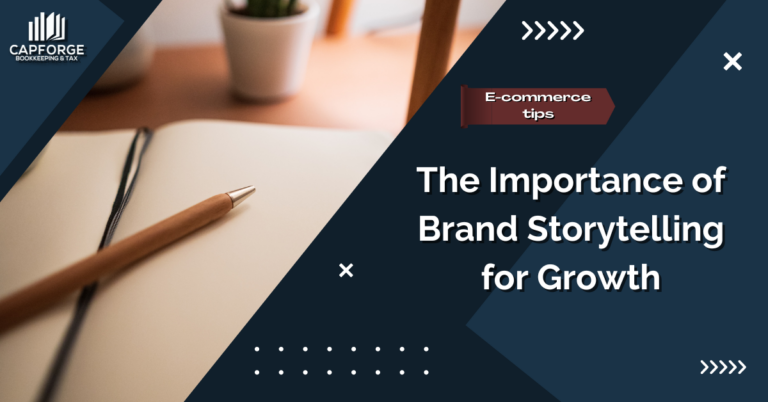Fulfillment Options for Amazon Sellers
As an Amazon seller, some of your biggest operational costs will revolve around fulfillment, which involves storing your inventory, packing it, shipping it, and managing returns. It’s an important service no e-commerce seller can go without. As such, it’s worth re-evaluating what your options are to ensure you’re getting the service you need at a price you can afford.
When it comes to fulfillment, you have three options. You can either: a) use Fulfillment by Amazon, b) use Seller Fulfilled Prime, or c) use a Merchant Fulfilled Network. In this article, we’ll explain the pros and cons of each so you can decide which option is best for you.
Fulfillment By Amazon (FBA)
If you’re not too keen on the idea of storing, packing, and shipping items yourself, you may want to consider using Fulfillment By Amazon (FBA).
FBA will handle all aspects of the fulfillment process for you, from warehousing your inventory to managing deliveries and returns. With more than 110 active fulfillment centers in the U.S. and over 185 globally, it is one of the most sophisticated logistics services in the world—and that comes with some serious advantages.
For starters, sellers who use FBA will have access to Amazon’s vast fulfillment network and cutting-edge operations. Another benefit of using FBA is that it allows you to focus on other aspects of your business, as you won’t need to worry about managing your own warehouse and processing deliveries.
On top of that, sellers who use FBA can also offer one or two-day shipping to Prime members at no additional cost. This is a huge advantage, as sellers who have this option enabled have the best chance of winning the Buy Box with Prime members.
It will serve you well to know that Prime members, on average, spend $1,400 annually on Amazon compared to non-members who spend $600 annually on Amazon. In other words, it pays to cater to this subset of users.
All in all, FBA is a convenient option for sellers who want to streamline their business operations. But with that being said, convenience comes at a cost.
As you can imagine, operating a global fulfillment network isn’t cheap. Every year, Amazon spends billions of dollars on running these centers. And guess who the costs are passed down to? Sellers.
Calculating exactly how much you’ll spend on FBA fees can be a little tricky, as it depends on multiple factors including the type of product you’re selling, its size and weight, along with your storage needs. We therefore encourage you to carefully study this chart of FBA fees before deciding whether this is an affordable option for you. With that in mind, do note that these fees frequently change, so don’t be surprised if your costs go up in the near future.
Another downside to using FBA is the lack of customization options. In order to process a large volume of orders, Amazon’s fulfillment system has to be as efficient as possible. That means adherence to a single standard. Every single product is packed, wrapped, and delivered the exact same way. It also means your items will be in Amazon branded boxes (unless you choose to pay extra for a generic one).
In all honesty, there’s nothing wrong with this system if you’re selling everyday commodities or low-cost products. It only becomes an issue if you’re trying to establish your own brand, as one of the best ways to stand out from the competition is through branded packaging, freebies, personalized notes, or some other distinct aspect in your fulfillment process.
There’s one other final thing we want to warn you about with FBA before we move on. You may be required to send a large portion (if not all) of your inventory to an Amazon fulfillment center. Once you do, you lose physical control over that inventory, and that can cause problems down the line.
“Imagine a scenario where a seller sends half their inventory to Amazon for fulfillment and keeps the other half for their own eCommerce store,” third-party logistics provider DCL Corp poses. “Everything is going great until they get a call from a big box retailer (Target, Walmart, etc) for a large order which is a huge win, but then they are forced to pull from their on-hand inventory and are left with very little inventory to fulfill orders from their own eCommerce store.”
Something worth thinking about.
Seller Fulfilled Prime (SFP)
If you don’t like the drawbacks of FBA but still want access to Prime members, there’s an alternative that may work better for you. It’s called Seller Fulfilled Prime (SFP).
You can think of it as a hybrid solution, as it contains the best of both worlds. For example, SFP gives you the freedom to customize your product packaging and retain physical control over your inventory. You’ll also be able to attract more customers as a result of having a Prime badge.
Sounds perfect, right? Not so fast. There are just as many drawbacks to SFP as there are to FBA.
For one, there is a list of strict operational requirements you must meet and maintain in order to earn a Prime badge. This is a significant challenge for many sellers.
You will also be responsible for covering all delivery costs, which includes expedited shipping rates for Prime members.
And lastly, because you are opting to fulfill your own orders, the onus for storing, picking, packing, and shipping falls on you. There is a workaround, however.
You can always outsource this task to a third-party logistics (3PL) provider that specializes in Amazon fulfillment. Some reputable companies you may consider using are a2b Fulfillment, ShipBob, Red Stag Fulfillment, and ShipMonk.
Merchant Fulfilled Network (MFN)
You’ve still got another card you can play if you’re not sold on FBA or SFP. You can go the Merchant Fulfilled Network (MFN) route.
Just like FBA and SFP, MFN has its own unique set of advantages and disadvantages. But let’s start out on a positive note by covering the advantages first.
In essence, MFN is exactly the same as SFP except for one notable difference: the absence of a Prime badge. This may sound like a negative, but on the upside it means that you won’t have to work so hard to achieve and maintain Prime seller status. It also means you won’t have to pay a surcharge for expedited shipping, which can help keep your costs under control.
You’ll also retain the ability to customize your packaging as you see fit. Again, a huge perk if you’re looking to grow your brand.
And now for the downsides. We’ll start with the most obvious, which is that you’re likely to lose out on a significant number of sales without a Prime badge.
As with SFP, you’ll also be responsible for storing, picking, packing, and shipping items. Plus, any costs you incur as a result of the fulfillment process will come directly out of your pocket.
For many sellers, the absence of a Prime badge is a deal breaker. But if you’re a small seller or just starting out, MFN is a perfectly suitable option that can help you get on your feet. After all, you can always change your fulfillment method later on.
One other thing before we begin to wrap up: you can still use a 3PL provider if you decide to take the MFN path. So if the idea of cluttering up your home with inventory and packing boxes all day doesn’t sit well with you, we strongly suggest looking into 3PLs.
At a Glance
To recap, here’s a quick overview of the pros and cons of each fulfillment option.
Fulfillment By Amazon (FBA)
Pros:
- Prime badge
- No additional cost for Prime shipping
- Outsourced service makes storage and fulfillment easy
Cons:
- Fees frequently change
- No customization options
- Once your inventory is shipped to Amazon, you no longer have physical control of it
Seller Fulfilled Prime (SFP)
Pros:
- Prime badge
- Ability to customize product packaging
- You retain physical control of your inventory
Cons:
- Obtaining and maintaining SFP requirements is difficult
- You are responsible for storage and fulfillment
- You are responsible for delivery costs, including Prime shipping
Merchant Fulfilled Network (MFN)
Pros:
- You retain control of your inventory
- Ability to customize product packaging
Cons:
- No Prime badge
- You are responsible for storage and fulfillment
- You are responsible for delivery costs
In conclusion, there is no right or wrong answer in terms of which option is best; the right choice for you is entirely dependent upon the type of item(s) you’re selling, your sales volume is, your profit margin, along with how much time and energy you’re willing to devote to fulfillment. If you need help determining your profit margin and how much you can afford to pay for fulfillment, we’re more than happy to assist. Contact us at (858) 633-3573 or at info@capforge.com.


